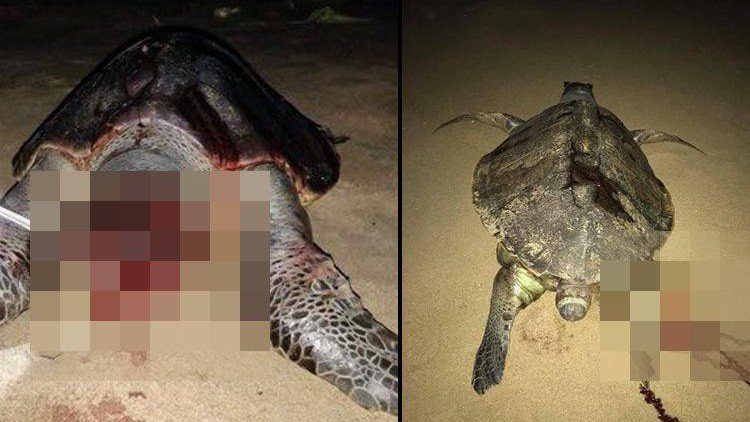
The endangered Oliver Ridley turtles, well-known for their coordinated nesting in large numbers, generally make their annual trip up the Bay of Bengal during the breeding months of December and January. However, the use of trawlers and gill nets have historically resulted in sweeping up these sea turtles and drowning them. They are also increasingly consuming plastic waste in the ocean.
Illegal fishing methods
Trawling is method of fishing that involves actively dragging or pulling fishing nets through the water. In September 2016, the Tamil Nadu government announced the "prohibition of fishing by any kind of fishing vessels in a radius of five nautical miles [approximately nine km] around potential nesting and breeding sites of sea turtles in the coastal areas under Tamil Nadu Marine Fishing Regulation Act 1983."
Speaking to TNM, Supraja Dharini of the Tree Foundation that works to protect the marine turtle population says:
When we spoke to Chennai Chengai Singaravelar Trawl Boat Owners Welfare Association, they said that the number of deaths due to gill net fishing that has increased. There has been a tremendous increase in gill net fishing. Gill nets are like a wall in the ocean. It will fish anything and everything that comes in the way. All sizes, all species of sea turtles are caught in the gillnets.Gillnets are more effective in catching fishes.
Speaking to TNM, Arun, a coordinator for the Students Sea Turtle Conservation Network, said, "Gillnets drop straight down. They extend up to 3 or 4 kilometres. And the turtles that come to nest get caught in that. There have been reports of 30 turtles caught in a single net. The gill nets and trawlers together are responsible for this."



Reader Comments
to our Newsletter